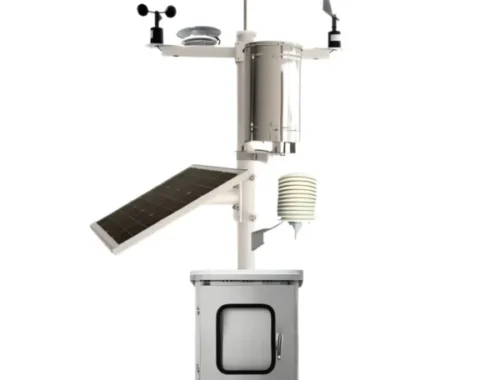Meloxicam Impurity Analysis: Methods and Applications
# Meloxicam Impurity Analysis: Methods and Applications
## Introduction to Meloxicam and Its Impurities
Meloxicam is a nonsteroidal anti-inflammatory drug (NSAID) commonly used to treat pain and inflammation associated with osteoarthritis and rheumatoid arthritis. Like all pharmaceutical compounds, meloxicam may contain impurities that can affect its safety, efficacy, and quality. Understanding and controlling these impurities is crucial for pharmaceutical manufacturers and regulatory agencies.
## Importance of Impurity Analysis in Pharmaceuticals
Impurity analysis plays a vital role in pharmaceutical development and quality control. Impurities in meloxicam can originate from various sources:
– Starting materials and intermediates
– Manufacturing processes
– Degradation products
– Storage conditions
Regulatory agencies such as the FDA and EMA have established strict guidelines for impurity profiling to ensure patient safety and drug efficacy.
## Common Impurities in Meloxicam
Several impurities have been identified in meloxicam formulations:
– Process-related impurities (from synthesis)
– Degradation products (from storage or environmental factors)
– Isomeric impurities
– Residual solvents
## Analytical Methods for Meloxicam Impurity Analysis
### 1. High-Performance Liquid Chromatography (HPLC)
HPLC is the most widely used technique for meloxicam impurity analysis. Reverse-phase HPLC with UV detection provides excellent separation and quantification of impurities.
### 2. Liquid Chromatography-Mass Spectrometry (LC-MS)
LC-MS offers superior sensitivity and specificity for identifying and characterizing meloxicam impurities, especially at trace levels.
### 3. Spectroscopic Techniques
UV-Vis spectroscopy, IR spectroscopy, and NMR are valuable tools for structural elucidation of impurities.
### 4. Forced Degradation Studies
These studies help identify potential degradation products by subjecting meloxicam to various stress conditions (heat, light, acid, base, oxidation).
## Regulatory Considerations
Pharmaceutical manufacturers must comply with ICH guidelines for impurity control:
– ICH Q3A for new drug substances
– ICH Q3B for new drug products
– ICH Q3C for residual solvents
## Applications of Meloxicam Impurity Analysis
Impurity analysis serves multiple purposes in pharmaceutical development:
– Quality control during manufacturing
– Stability testing of formulations
– Method development and validation
– Comparative studies of generic formulations
– Troubleshooting manufacturing issues
## Challenges in Meloxicam Impurity Analysis
Analysts face several challenges when working with meloxicam impurities:
– Detection and quantification of trace impurities
– Separation of structurally similar compounds
– Identification of unknown degradation products
– Method validation according to regulatory requirements
## Future Perspectives
Emerging technologies in impurity analysis include:
– High-resolution mass spectrometry
– Two-dimensional liquid chromatography
– Advanced chemometric approaches
– Miniaturized analytical systems
## Conclusion
Meloxicam impurity analysis is a critical aspect of pharmaceutical quality assurance. The development of robust analytical methods ensures the safety and efficacy of meloxicam formulations while meeting regulatory requirements. As analytical technologies continue to advance, pharmaceutical scientists will gain even greater capabilities for impurity identification and control.
Keyword: meloxicam impurity analysis
You May Also Like

What is an Automatic Weather Station?
March 15, 2025
ユニットハウスのメリットとデメリットを徹底解説
March 20, 2025